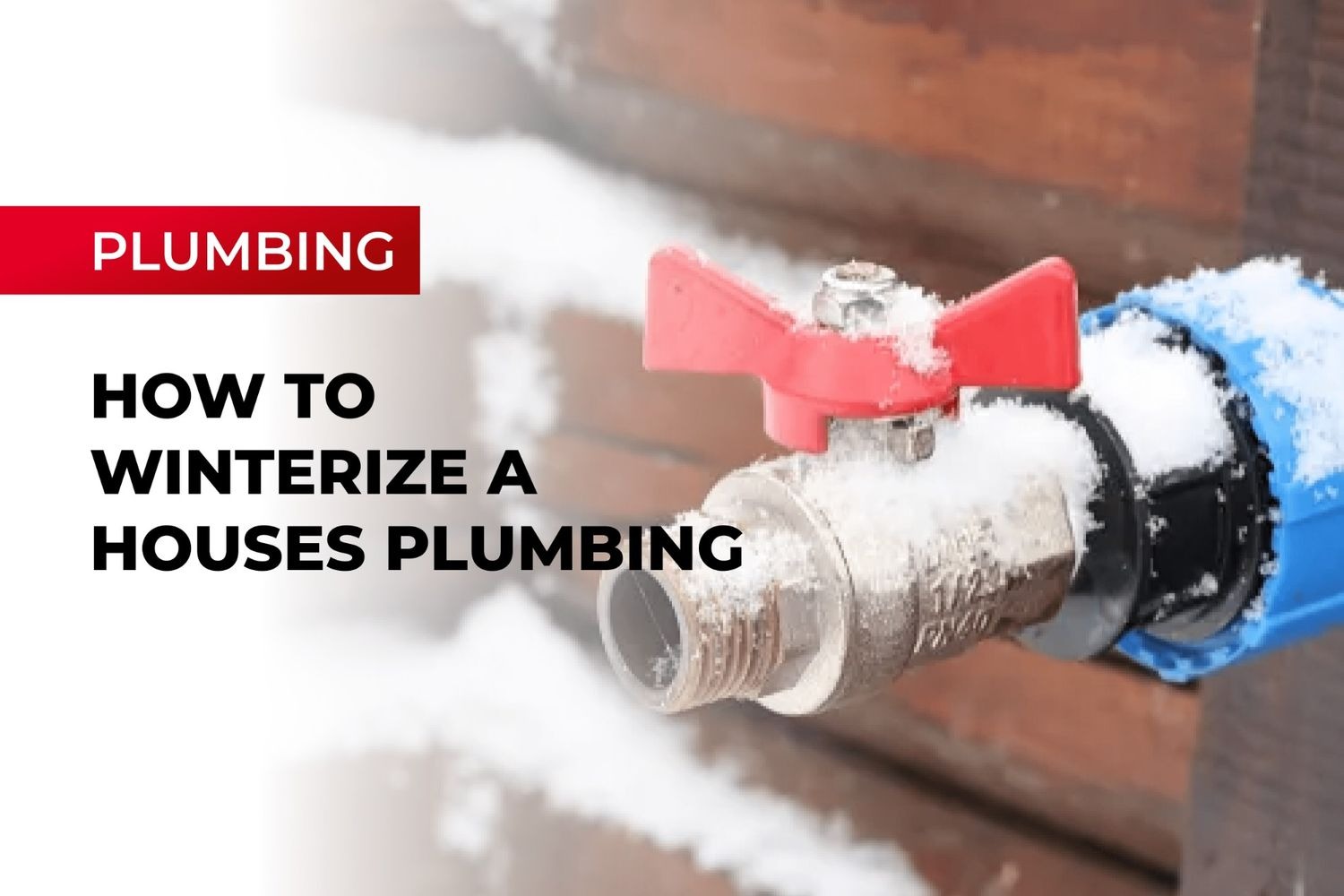As the cold weather approaches, it’s essential to winterize your home to prevent potential damage and expensive repairs to your plumbing system. Taking the necessary steps to protect your plumbing can save you time, money, and a headache in the long run. Here are some of the most important steps to take to winterize your house plumbing properly.
Insulate the Pipes
Pipes are prone to freezing when the temperatures drop to 20 degrees or below. When water freezes in the pipes, it can cause the pipes to burst, leading to significant damage. To prevent this from happening, it’s essential to install pipe insulation around each pipe in unheated areas. Fiberglass or polyethylene material works well for insulation, and you can also use heat tape before installing the insulation to reduce the risk of damage.
Seal the Crawl Space
Ventilated crawl spaces are common in pier and beam homes and need proper sealing during the winter season. Use heavy-duty cardboard to cover the vents and seal off all access to the area. Check for cracks near the windows in the basement, where cold air can leak into the building. Inspect for damaged or missing insulation near the garage door. Limiting the amount of cold air that enters the building during the winter months will protect your pipes from potential damage by controlling the internal temperature in the building.
Flush Toilets
Flushing all toilets in the building to remove as much water as possible from both the bowls and tanks is essential. Add a fair amount of antifreeze to any remaining water to prevent it from freezing, which can cause the toilet to become cracked. Antifreeze can also be added to the jet pump case. Examine the tub drains and drain taps to ensure you can add antifreeze to prevent any of the water from freezing.
Disconnect Garden Hoses
All garden hoses should be disconnected and stored away during the winter months. Turn off the separate shut-off after draining all of the water. The sprinkler systems also need to be turned off and drained. Consider contacting a plumbing company to blow out any remaining water present in the lines underground.
Locate the Main Waterline Shut-Off
Make it a point to locate the main waterline shut-off, which is typically in the laundry, basement, or underground in the yard. Knowing the location of the main waterline shut-off can be beneficial in case of a plumbing emergency. If a pipe bursts, you can quickly turn off the main waterline to prevent further damage.
Know the Signs of Frozen Pipes
Knowing the signs of frozen pipes can allow you to act quickly before significant damage occurs in your home. If you turn on the faucet and water doesn’t come out, it’s a sign the water may be frozen in the pipes. You’ll need to research ways to thaw the pipes with the help of a professional.
Another sign of frozen pipes is if you hear the sound of rushing water even if the faucet is turned off, which indicates a leak may be present in the house. Immediately turn off the water lines and inspect each area to find where the issue is present.
Conclusion
Winterizing the plumbing in your house will offer a high level of protection during the winter season. Although the steps may require time and energy, it will prove to pay off by saving you money and avoiding headaches. By insulating the pipes, sealing the crawl space, flushing toilets, disconnecting garden hoses, locating the main waterline shut-off, and knowing the signs of frozen pipes, you can protect your plumbing from potential damage and expensive repairs. Contact a professional plumbing company for assistance with winterizing your home’s plumbing system today.



